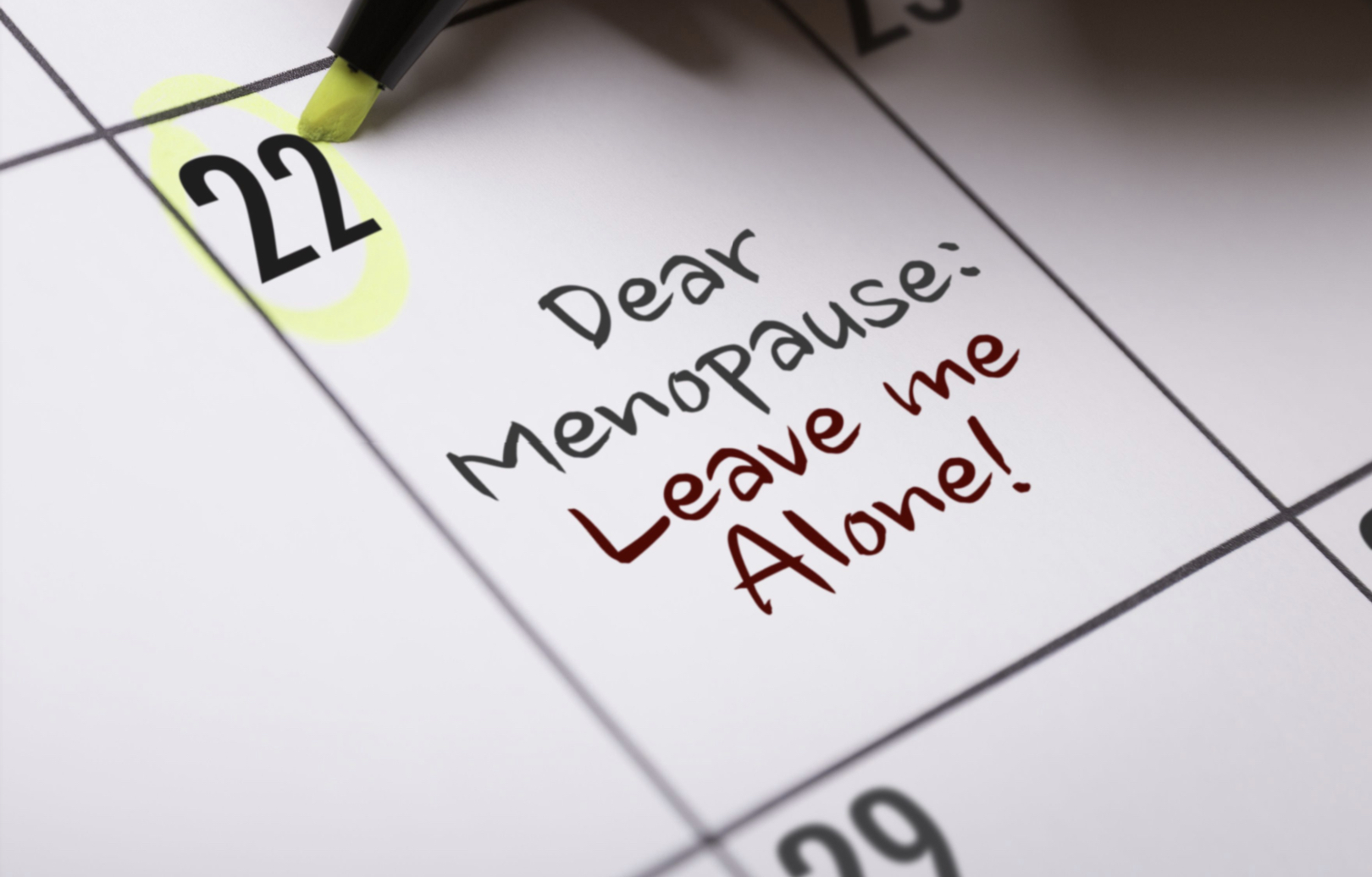Learn w/ Maya Feller, Menopause
Maya Minding Menopause III-Impact and Recommendations
Health Impacts of Aging vs Menopause
Brain fog. Bones creaking. The same foods you love now upset your stomach. These are all common phrases echoed in circles of “grown” women. Teasing out cause and effect regarding menopause symptoms is complicated by the fact that many of the troubling symptoms that occur during the menopausal transition are also related to aging. There is a complex interplay secondary to factors including current health status, lifestyle, cellular senescence (cell deterioration), and hormonal changes that impact symptoms. These symptoms may include anxiety and changes in sleep patterns among others. Understanding what symptoms are due to hormonal changes and which have other causes, however, has important implications. During the menopause transition, women ultimately experience a decline in estrogen and progesterone production. Seeking out a women’s health provider who has specialized in the menopausal transition can greatly support this phase of life and how it’s experienced. The hormonal shifts that accompany menopause set the stage for senescence and have the potential to accelerate the process of non-communicable disorders and diseases (Meeta, D., et al. 2013), (“Menopause”, 2017). Menopause itself is often accompanied by disorders of glucose metabolism, especially in those at risk for diabetes, and cardiovascular diseases, and those with preexisting conditions.
When women reach the post-menopause stage, the risk for conditions such as osteoporosis, cardiovascular disease, and urinary incontinence (Sapre, S., and Thakur, R., 2014). Many studies conducted around the world struggle to explain the reasons behind the metabolic changes seen during the menopausal years, particularly in menstruating women. The changes are often not linear and mostly multi-factorial. The reality is several of the physiological changes seen in women of menopausal age have not been found to be caused by hormone level changes, but rather appear to be mostly related to aging and lifestyle factors. Whether linked to the natural process of aging and menopause, many women seek answers and recommendations. Do note that there isn’t a one size fits all strategy but rather recommendations for making adjustments to your lifestyle, eating pattern, and commitment to ongoing education and the practices that work for you.
Here are a few invitations below:
Be Carb Literate!
A balanced eating pattern instead of a strict generalized diet, along with increasing carbohydrate literacy, is recommended. Being mindful of your carbohydrate consumption does not mean ditching the bread, rice, pasta, and other foods you may love. It means educating yourself, for instance, on the option of higher fiber slower-release carbohydrates in place of refined grains as the higher fiber will support the body’s glucose response. Examples of slower-release carbohydrates and low glycemic index carbohydrates are beans, nuts, seeds, ancient whole grains, and non-starchy vegetables. You might also opt to increase the protein-carbohydrate ratio in your pattern of eating. For example, consuming a piece of fruit with a source of protein (i.e. a green apple with a dollop of peanut butter) will slow the absorption of glucose into the bloodstream and reduce rapid increases in blood sugars. This approach encourages agency and choice in the foods you consume while making room for your cultural dietary preferences, as well as allowing flexibility with your daily intake.
Mind The Lipids!
The increased risk for metabolic disorders that derive from altered lipids during menopause can lead to an increased risk for cardiovascular disease, particularly postmenopause. Foods that help in the combat to maintain wellness are high in phytonutrients and antioxidants: fruits, vegetables, and whole grains. Consuming less foods high in animal-rich fats, added sugars and refined carbohydrates can make a difference. As women move through the life cycle, energy intake needs also decrease after menopause, so consistently embracing a nutrient-dense, lower-energy eating pattern helps to balance and even decrease the non-HDL cholesterol and related unpleasant effects. (Therapeutic Lifestyle Changes, 2005)
Dietary patterns that support healthy lipid metabolism include:
- A total reduction in refined grains
- Reducing daily intake of added sugars to no more than 5% of total energy intake
- Increasing the intake of fiber-rich foods from legumes, sea vegetables, non-starchy and starchy vegetables as well as fruits
- Considering a significant reduction in higher fat and processed animal proteins
- Limiting daily intake of saturated fats to less than 10% of total energy intake
- Limiting synthetic, trans fats and interesterified fats
Consistent nutrition modifications over three months have the potential to result in significant decreases in non-HDL cholesterol. The link between the menopause transition and lipid metabolism disorders needs to be better understood to address the growing challenges of overweight and obesity and the associated chronic conditions.
Manage Your Microbiome!
Gut health is key. The right balance of microorganisms in your gut plays a role in reducing oxidative stress and inflammation. The gut is an integral part of the immune system, involved in endocrine function and cell signaling. An unfavorable microbiome, as seen in decreased diversity among gut bacteria, may contribute to the onset of metabolic dysfunction by triggering pro-inflammatory responses. Alternatively, a favorable microbiome where there is a plethora of diverse colonic bacteria may offer protection against metabolic diseases. A pattern of eating featuring nondigestible plant fibers (nuts, wheat, whole grain foods, oats, legumes) increases the diversification of gut bacteria, which may have a “protective” role against many diseases (Barazzoni et al). Check-in with your physician on added supplements and check in with your dietitian on the vast variety of foods that your stomach may love.
For some, menopause won’t go away but there is hope in learning how to meet the needs of your own body.


Leave a Reply